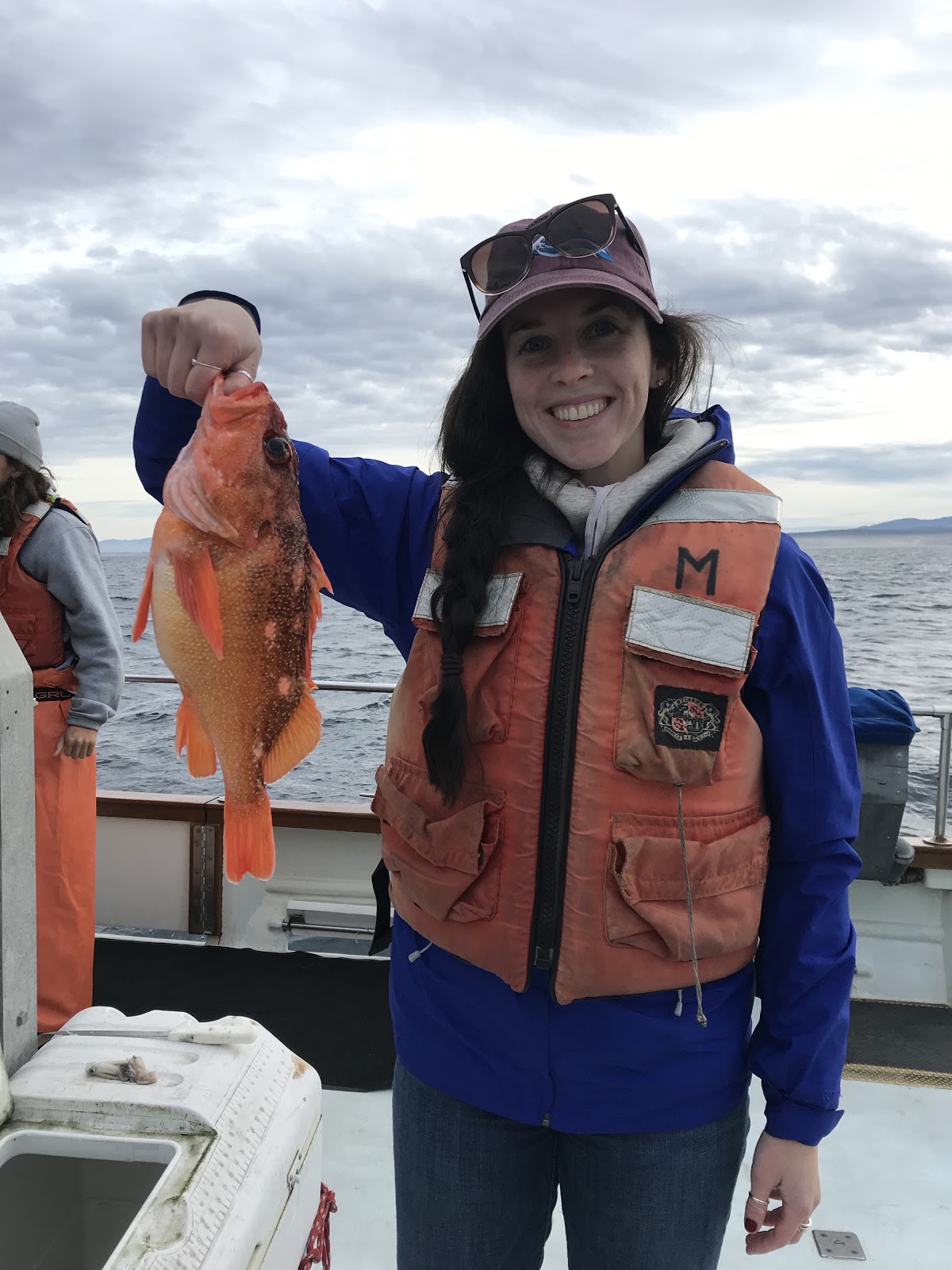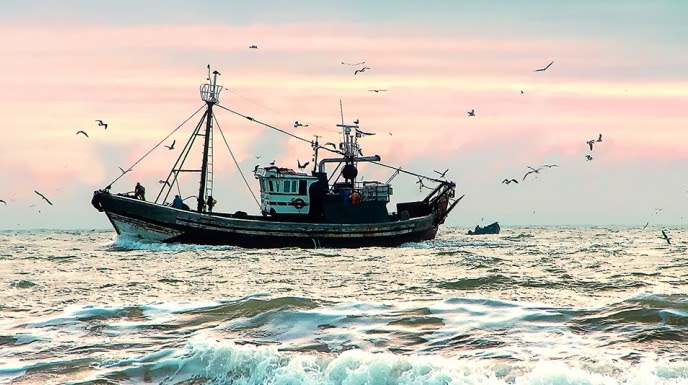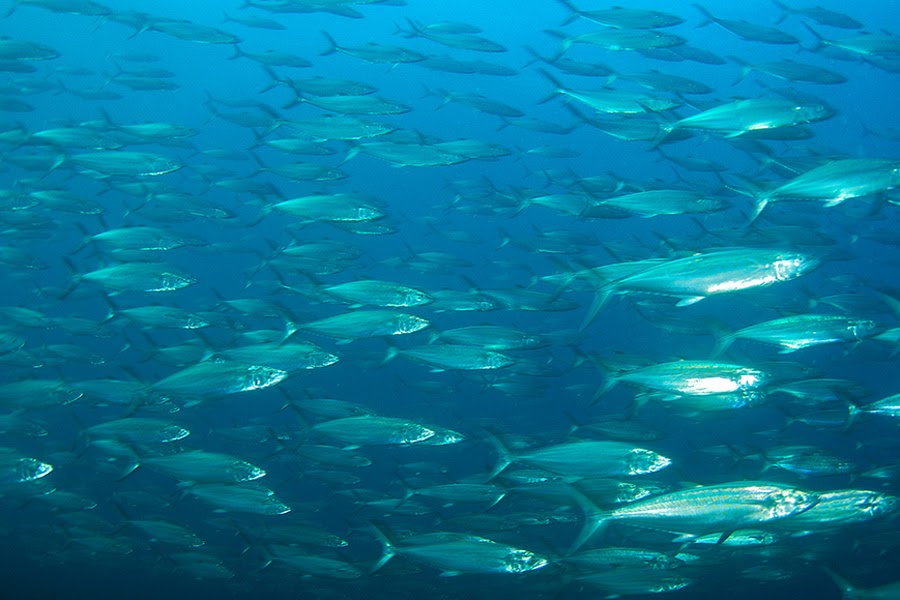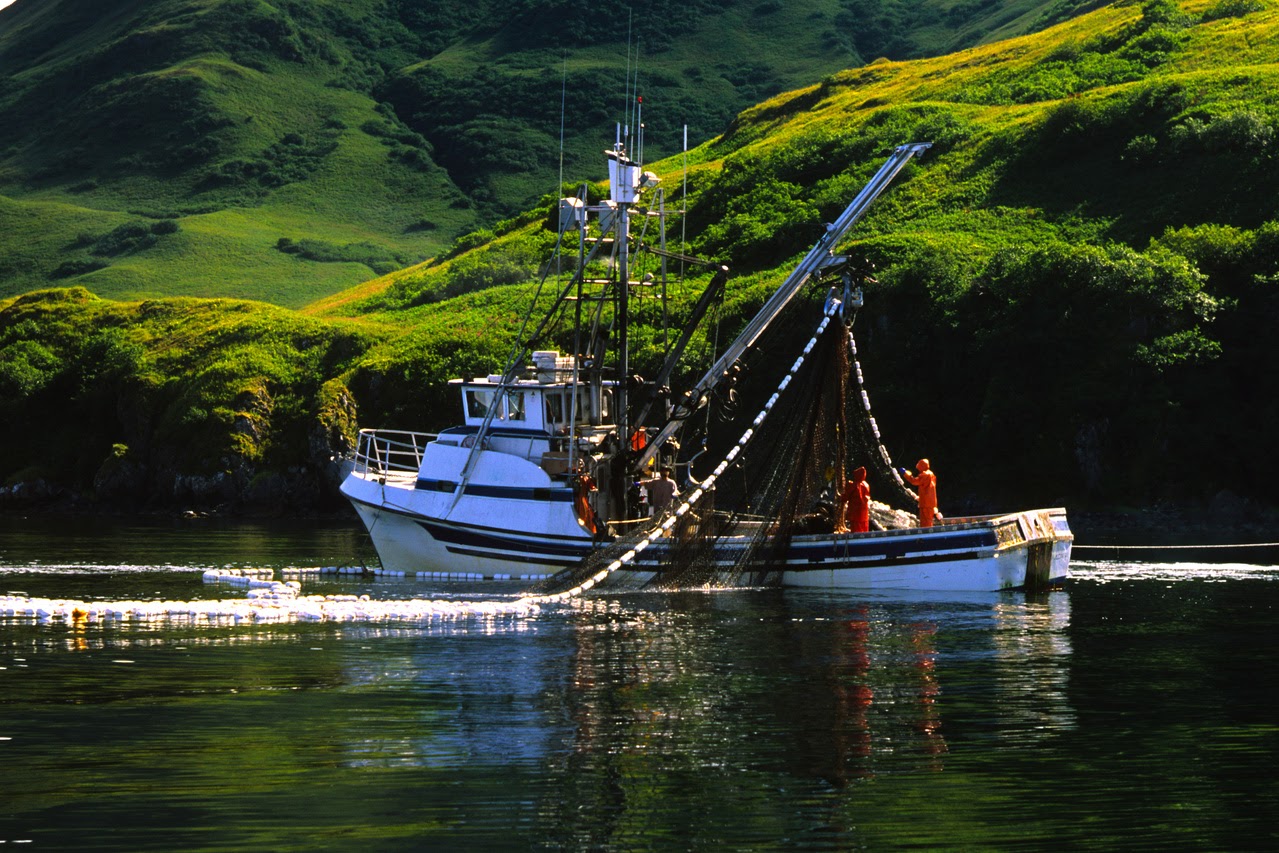By Katie Neylan, MLML Ichthyology Lab
As a graduate student in the Moss Landing Marine Labs (MLML) Ichthyology Lab, I spend a lot of time thinking about fish. Over the years, I have become aware of the importance of effective resource management. Healthy fish stocks are crucial as they are a main protein source for over three billion people globally. To ensure that there will be fish in the ocean for future generations, we must ask ourselves how our ocean resources are managed and how our fisheries will be affected by climate change.
One of the earliest forms of fisheries management consisted of exclusive fishing grounds. People would only fish in designated boundaries. This gave fishermen incentive to only fish for what was needed in order to conserve the population for future years. Most countries in the world have now switched to more modern policies. Today, fisheries managers make decisions that are informed by scientists to determine catch limits, gear restrictions, and no-fish zones (marine reserves), to name a few. The goal of these restrictions is to prevent overfishing and ensure fish stocks are healthy for long-term harvesting. However, the effects of climate change add another layer of complexity to the management of marine resources.

Climate change threatens the health of the ocean and its inhabitants. The ocean absorbs about one third of the carbon dioxide (a climate pollutant) in our atmosphere. These CO2 emissions have been increasing since the industrial revolution. However, there seems to be a limit to how much CO2 the ocean can suck up from our atmosphere. The increase in emissions from human activities is causing the ocean to undergo certain changes, including ocean acidification, hypoxia (low oxygen levels), sea-level rise, increased sea temperature, and shifting species distributions. These stressors have a direct negative effect on our marine resources, such as global fisheries, which are crucial for global food security and the livelihood of over 800 million people.
Two of the major challenges fisheries face due to climate change are: (1) species range shifts due to changing ocean temperatures and water chemistry, and (2) changes in the productivity of fisheries. These changes will affect when and where fish can be harvested, how many fish are present, and the profit that can be achieved for each fishery.
So, is it possible to reduce some of the negative effects of climate change that scientists have predicted for fisheries?
Researchers that conducted this 2018 study say it is!

This team of scientists used models to forecast possible outcomes for global fisheries based on the level of management adaptation. They found some pretty exciting results. Global fisheries can see an increase in biomass, harvest, and profits from current values if management is improved to address current issues and account for climate change-induced challenges. This means that if the management of stocks is improved, we will see more fish in the ocean than present day.
Achieving a level of adaptive management as described here is no small feat. It is expensive to collect data at a rate that would allow for management to keep up with the changing environment. Another challenge is that fish may move into an area managed by another country, which can cause conflicts between nations and often results in overfishing of the stock. These are important considerations when working towards a successful management strategy. Agreements between two or more countries will be crucial to effectively manage fish stocks that have moved.
Fortunately, NOAA Fisheries has been working on how to best address these challenges. In 2018 NOAA Fisheries published a report that details their plan for adapting management in a changing climate. This plan includes ways to monitor and assess the status of stocks on a regular basis, understand the main drivers of change, forecast future conditions based on current conditions, communicate findings with managers, and adaptively manage fisheries moving forward.
While some of these goals may take years to achieve, this management plan brings hope that our fisheries will be managed well enough to maintain healthy fish stocks for future generations.


